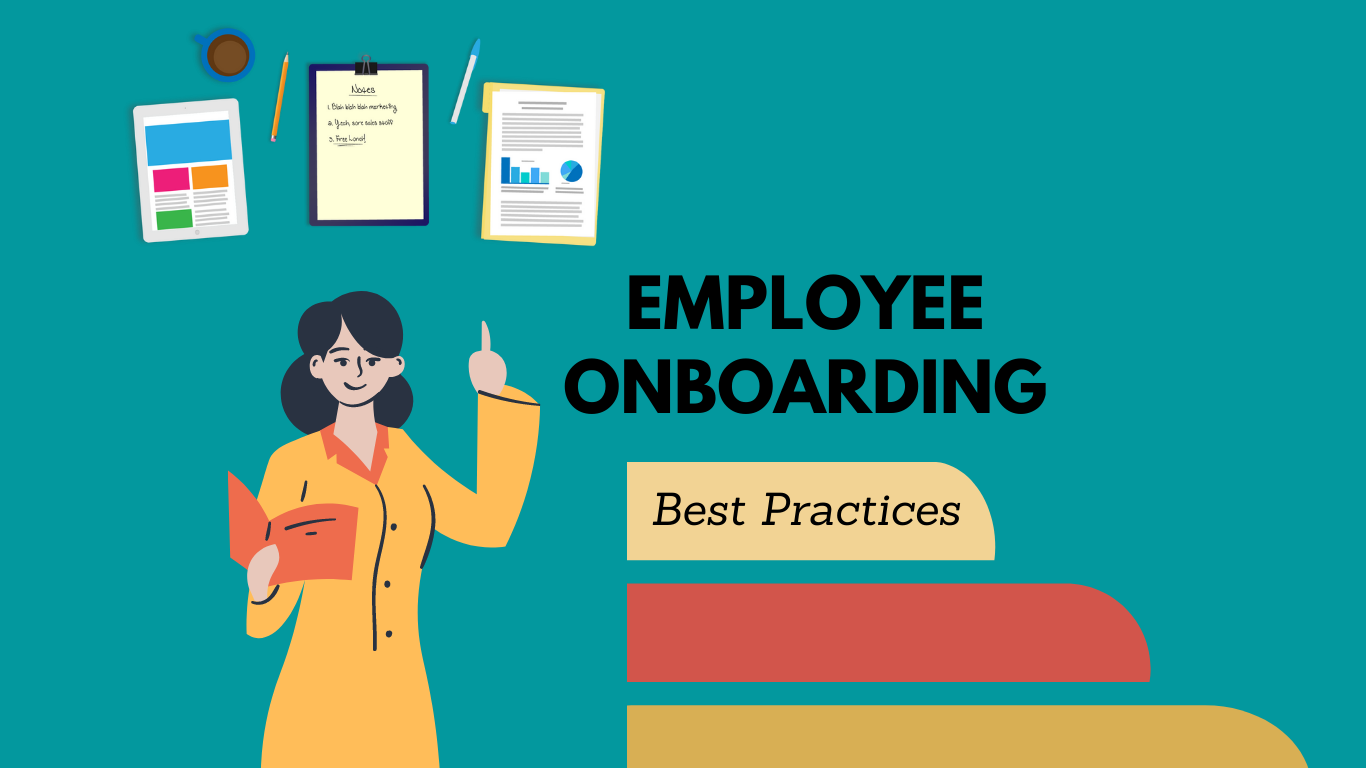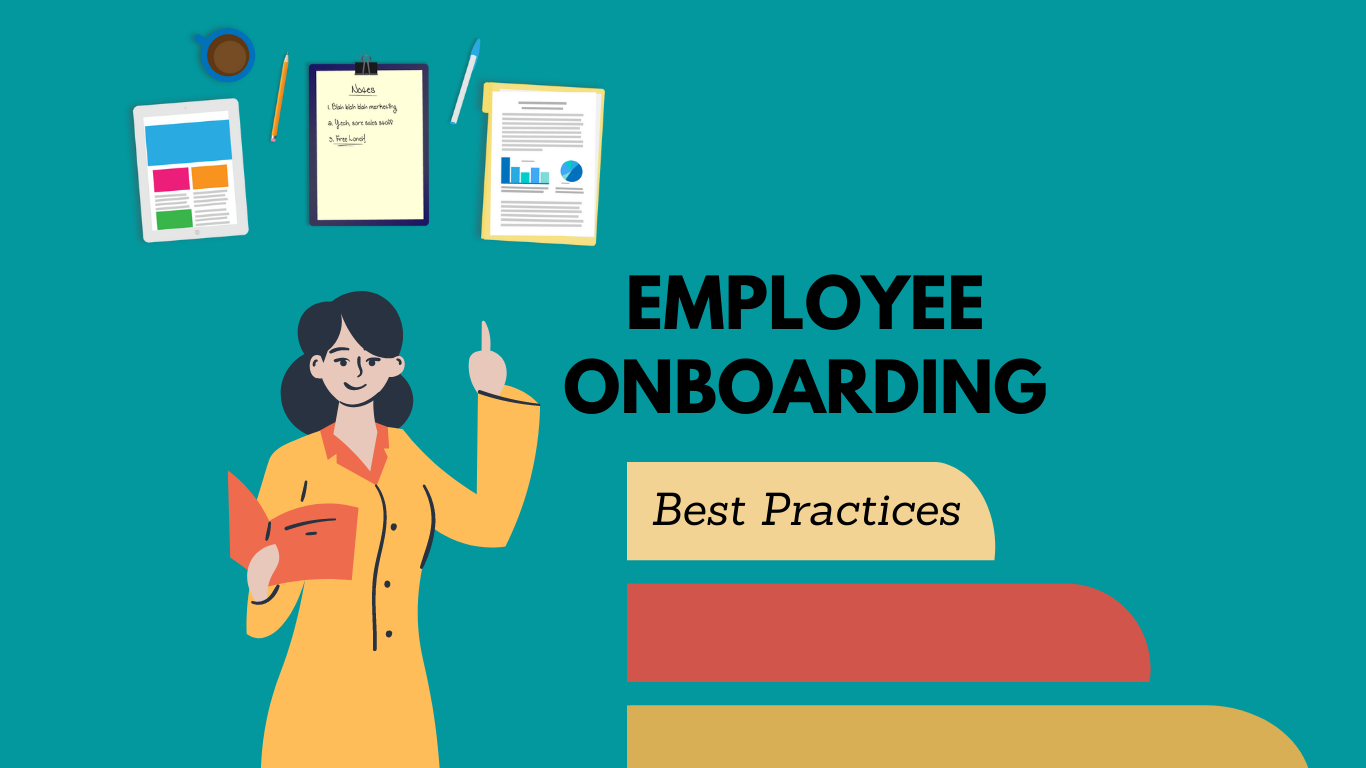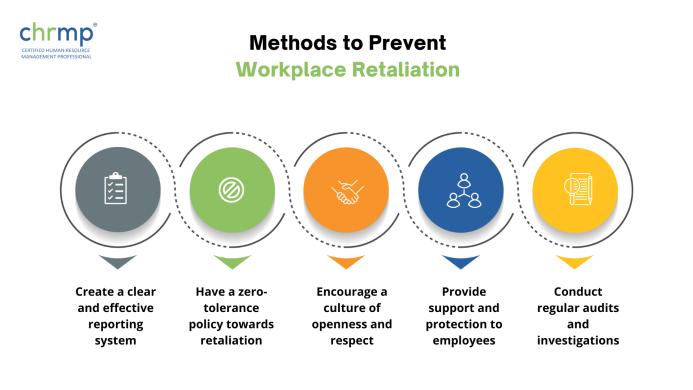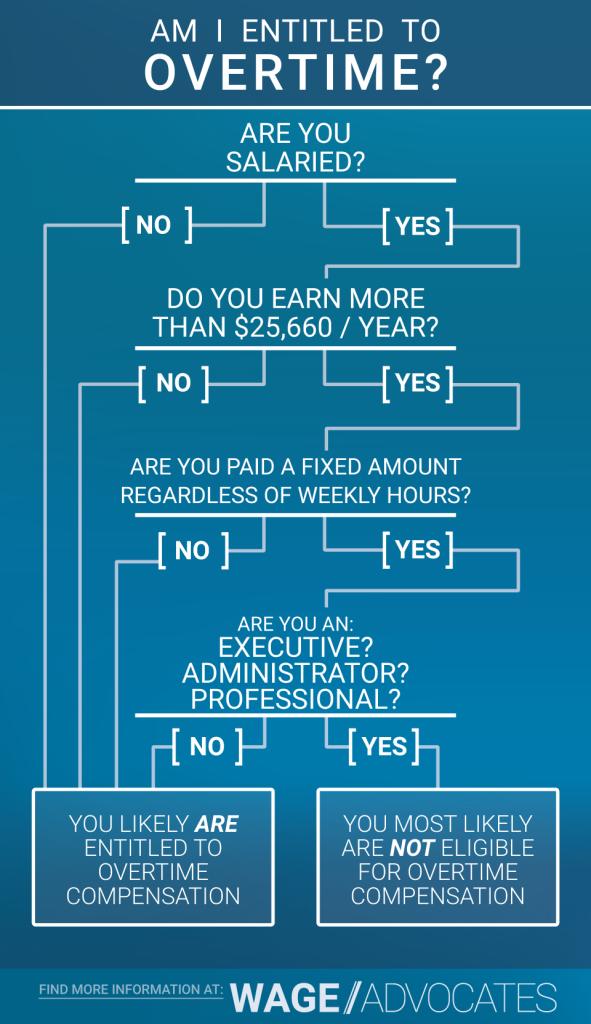
Mastering Onboarding: Best Practices for Welcoming New Hires and Boosting Success
Bringing new talent into your organization is an exciting time! However, the period immediately following a new hire’s acceptance of an offer – known as onboarding – is absolutely critical. It’s far more than just paperwork; it’s the process of helping a new employee become a fully integrated, productive, and engaged member of your team.
This comprehensive guide will walk you through the best practices for new hire onboarding, making it easy for anyone to understand and implement a successful program that retains talent, boosts productivity, and strengthens company culture.
What is Onboarding, Really?
Forget the old idea that onboarding is just a stack of forms and a quick tour. Effective onboarding is a strategic, structured, and long-term process designed to smoothly integrate new employees into your company culture, help them understand their role, and provide them with the tools and support they need to succeed.
It starts before their first day and often extends through their first year, ensuring they feel welcomed, valued, and prepared for their journey with your organization.
Why Effective Onboarding Matters (A Lot!)
Investing time and effort into a robust onboarding program isn’t just a nice-to-have; it’s a strategic imperative with significant benefits for both the employee and the company.
- Boosts Employee Retention: Companies with strong onboarding programs improve new hire retention by 82%. When employees feel supported and understood from day one, they are far less likely to look for opportunities elsewhere.
- Increases Productivity Sooner: A well-onboarded employee understands their role, expectations, and how to access resources faster. This means they become productive members of the team much quicker.
- Enhances Employee Engagement: Feeling connected and knowing where they fit in from the start leads to higher engagement levels. Engaged employees are more motivated, committed, and innovative.
- Strengthens Company Culture: Onboarding is a prime opportunity to immerse new hires in your company’s values, mission, and unique way of working. It helps them understand the "how" and "why" behind what you do.
- Improves Employer Brand: A positive onboarding experience creates brand advocates. Happy new hires will share their positive experiences, making it easier to attract top talent in the future.
- Reduces Stress and Anxiety: Starting a new job can be overwhelming. A structured onboarding process reduces this stress, allowing new hires to focus on learning and contributing.
The Stages of Exemplary Onboarding: A Phased Approach
A truly effective onboarding program doesn’t happen overnight. It unfolds in stages, each with its own focus and set of activities.
Stage 1: Pre-boarding – The Foundation (Before Day One)
This crucial phase sets the stage for a great first impression. It bridges the gap between offer acceptance and the first day, reducing anxiety and building excitement.
Best Practices for Pre-boarding:
- Complete Paperwork Digitally: Send all necessary forms (tax, HR, benefits) electronically so they can be completed before the first day. This frees up valuable time on Day One.
- Send a Warm Welcome Email/Packet:
- Confirm start date, time, and location.
- Provide details about their first day (what to bring, dress code, where to go).
- Include a welcome message from their manager or team.
- Share a brief overview of the company culture or values.
- Prepare Their Workspace and Tech:
- Ensure their computer, software access, email, phone, and necessary accounts are set up and ready.
- Have their desk or workspace clean, organized, and stocked with essentials (if applicable).
- Communicate with the Team: Inform the team about the new hire’s arrival, including their name, role, and a fun fact or two to spark conversations.
- Share Essential Information: Provide links to important company documents, such as the employee handbook, organizational chart, or frequently asked questions.
- Assign an Onboarding Buddy (Optional but Recommended): Assign a peer from a different department or a seasoned team member to be their informal guide. More on this below!
Stage 2: Day One – The Grand Welcome
The first day is about making the new hire feel incredibly welcomed, valued, and comfortable. It should be memorable for all the right reasons.
Best Practices for Day One:
- A Warm Welcome: Have the manager or a team member personally greet them upon arrival. Avoid having them wander aimlessly.
- Ready Workspace: Their computer and workspace should be fully set up and functional. Nothing is more frustrating than waiting around for IT issues on your first day.
- Introductions, Not Just Names: Introduce them to key colleagues, especially their immediate team, and briefly explain each person’s role.
- Office Tour: Give them a tour of the office, pointing out key areas like restrooms, kitchen, meeting rooms, and emergency exits.
- First Day Schedule: Provide a clear, manageable schedule for their first day. Don’t overwhelm them with too much information.
- Team Lunch: Arrange a team lunch or coffee break to help them socialize and build connections.
- Basic Tools & Access: Ensure they have access to essential tools (e.g., Slack, email, project management software) and know how to use them.
- First, Simple Task: Give them a small, achievable task that provides an early win and helps them feel productive immediately.
Stage 3: The First Week – Immersion & Integration
The first week is about getting them immersed in their role, the team, and the company’s daily operations.
Best Practices for the First Week:
- Structured Training: Provide necessary training for specific tools, systems, or processes relevant to their role.
- Key Meetings: Schedule introductory meetings with key stakeholders they’ll be collaborating with.
- Initial Goal Setting: The manager should meet with the new hire to discuss initial goals, expectations, and their immediate priorities. Keep it simple and achievable.
- Buddy Check-ins: Encourage the onboarding buddy to check in regularly, answer questions, and offer informal support.
- Culture Immersion: Share stories about the company’s history, values in action, and how decisions are made. Encourage participation in social activities.
- Regular Manager Check-ins: The manager should schedule brief, daily check-ins to answer questions, provide feedback, and offer support.
Stage 4: The First Month & Beyond – Growth & Connection
Onboarding isn’t over after the first week. The first month and beyond are crucial for ensuring long-term success, engagement, and retention.
Best Practices for the First Month & Beyond:
- Ongoing Feedback: Schedule regular 1:1 meetings between the new hire and their manager to discuss progress, challenges, and provide constructive feedback.
- Performance Expectations: Clearly define performance metrics and expectations for their role, and review them regularly.
- Learning & Development Opportunities: Discuss opportunities for professional development, training, and skill-building.
- Project Involvement: Gradually involve them in more complex projects, allowing them to take ownership and contribute meaningfully.
- Social Integration: Encourage participation in company events, social gatherings, or employee resource groups to foster a sense of belonging.
- 30-60-90 Day Reviews: Conduct formal reviews at the 30, 60, and 90-day marks to assess progress, address concerns, and refine goals. This is a two-way conversation.
- Solicit Feedback from New Hires: Ask them for their feedback on the onboarding process. What worked well? What could be improved? This is invaluable for refining your program.
Key Pillars of a Successful Onboarding Program
Beyond the phased approach, certain elements are crucial for a truly outstanding onboarding experience.
- 1. The Dedicated Onboarding Buddy/Mentor:
- Role: An informal, non-managerial point of contact who can answer "silly" questions, explain unspoken rules, and help the new hire navigate company culture.
- Benefits: Reduces loneliness, provides a safe space for questions, accelerates social integration.
- 2. Clear Goals & Expectations:
- New hires need to know what success looks like in their role. Managers must clearly communicate responsibilities, key performance indicators (KPIs), and how their work contributes to the bigger picture.
- 3. Emphasis on Company Culture:
- Don’t just tell them about your culture; show it. Share stories, involve them in team rituals, and demonstrate your values through actions.
- 4. Regular Check-ins & Two-Way Feedback:
- Onboarding should be a continuous conversation. Managers should regularly check in, but also actively listen to the new hire’s questions, concerns, and suggestions.
- 5. Leverage Technology & Automation:
- Use HRIS (Human Resources Information System) or dedicated onboarding software to automate paperwork, track progress, send reminders, and provide access to resources. This streamlines the process and ensures nothing falls through the cracks.
- 6. Patience & Flexibility:
- Every new hire is different. Some will adapt quickly, others will need more time. Be patient, understand individual learning styles, and be flexible enough to adjust the program as needed.
- 7. Cross-Functional Collaboration:
- Onboarding isn’t just HR’s job. It requires close collaboration between HR, the hiring manager, IT, and the team. Everyone plays a role in making the new hire feel welcome and supported.
Common Onboarding Pitfalls to Avoid
Even with the best intentions, some common mistakes can derail an onboarding program. Be mindful of these:
- Information Overload: Dumping too much information at once. Break it down into digestible chunks.
- "Sink or Swim" Mentality: Expecting new hires to figure everything out on their own. This leads to frustration and early departures.
- Lack of Structure: No clear plan, leading to a chaotic and unhelpful experience.
- Neglect: After the first day, the new hire feels forgotten. Consistent check-ins are crucial.
- One-Size-Fits-All: Treating every new hire exactly the same, regardless of their role, experience, or individual needs.
- Paperwork Paralysis: Spending the entire first day on forms instead of focusing on integration.
- Poor IT Setup: Nothing frustrates a new hire more than not being able to access their computer or necessary systems.
Measuring Onboarding Success
To continuously improve your onboarding program, you need to measure its effectiveness. Here are some key metrics:
- New Hire Retention Rates: Track how many new hires stay past 30, 60, 90 days, and one year.
- Time to Productivity: How long does it take for a new hire to reach full productivity in their role?
- New Hire Engagement Scores: Conduct pulse surveys or use engagement platforms to gauge their satisfaction and connection to the company.
- Onboarding Survey Feedback: Ask new hires directly about their experience through anonymous surveys.
- Manager Feedback: Solicit feedback from managers on how well their new hires are integrating and performing.
Conclusion: Invest in Your People from Day One
Onboarding best practices are not just about ticking boxes; they’re about strategically investing in your most valuable asset: your people. A well-designed, thoughtful, and consistently executed onboarding program can transform a new hire into a loyal, productive, and engaged team member.
By prioritizing pre-boarding, creating a welcoming Day One, providing structured support throughout the first months, and focusing on cultural integration, you’ll not only retain top talent but also cultivate a thriving, positive work environment that benefits everyone. Start implementing these best practices today and watch your new hires – and your organization – flourish!




Post Comment